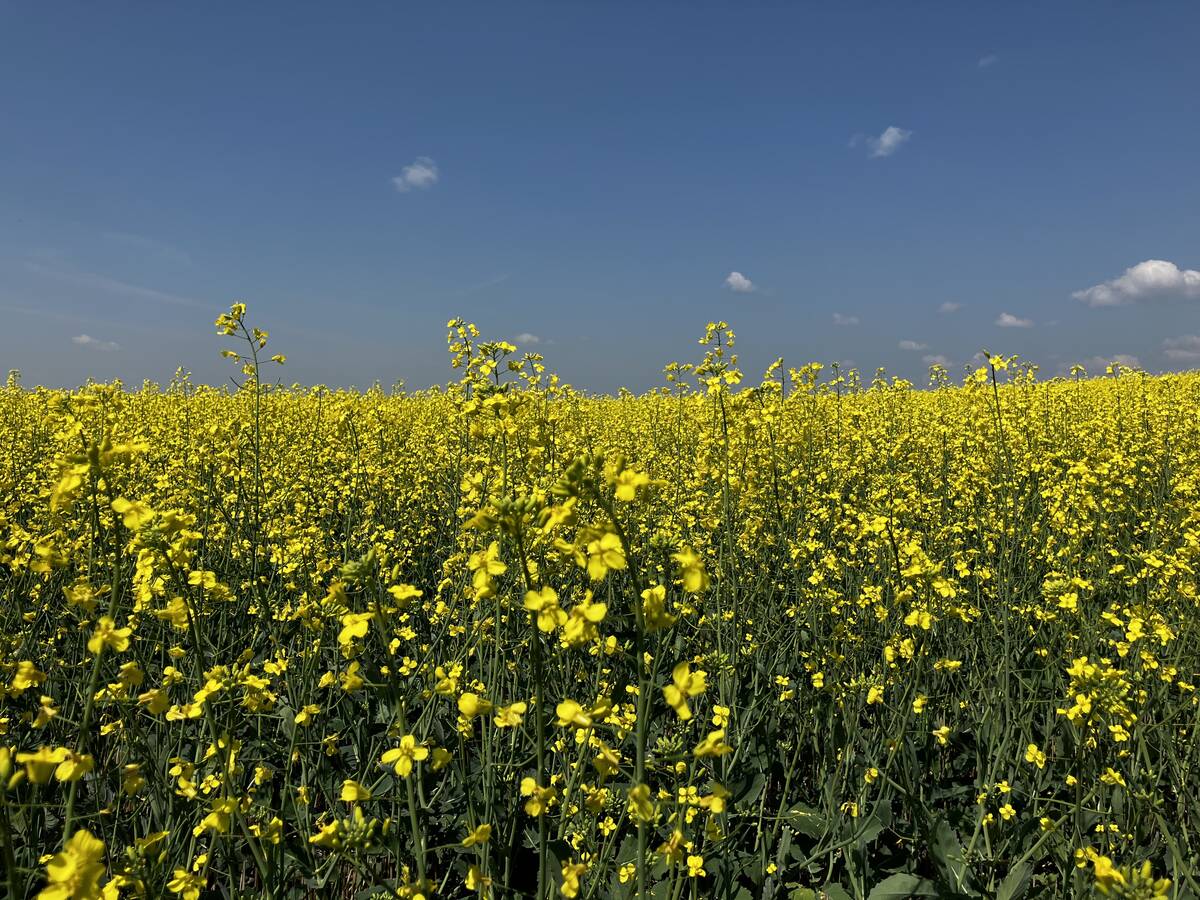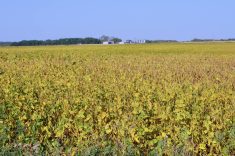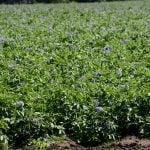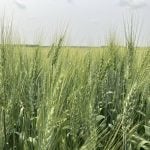It has been downhill for old-crop canola after it topped the $1,000-per-tonne mark last week. On May 13, the July contract closed at $857.30, tumbling nearly $150 on the week.
During its dramatic slide, July bottomed out at ICE Futures’ daily limit three times at the close, including hitting the expanded limit of $45 per tonne on May 13, and came very close to it a couple of days before. This, after July vaulted by $42.40 on May 7 to close out at a historical $1,005.90 per tonne.
It may very well appear to be that price rationing has run its course, as there’s barely a seed of canola available for sale in Canada. In turn, that has seen the commercials exit the July contract long before it expires, as they roll into the immediate new-crop month of November. That left July to the funds — and they have essentially said ‘no thanks.’
Read Also

Canola prices rangebound heading into new crop year
Looking ahead at the 2025/26 grain marketing year: Market fundamentals will remain highly influential in the longer term for Canadian canola prices.
The casino that the canola market has been for some time wasn’t overly beneficial to November either. While it didn’t spiral downward as the July contract did, November still pulled back by about $15 on the week, closing at $736.90 per tonne on May 13.
Profit-taking and declines in the Chicago soy complex, especially soyoil, sparked the losses incurred by November. A strong overreaction to inflation in the U.S. turned markets upside down, taking the soy complex along for the ride.
Still, tight supplies haven’t miraculously disappeared, be it soybeans in the U.S. or canola in Canada. As for the latter, the supply issue could become more problematic if there is little rain to be had. Dry conditions on the Prairies, where the vast bulk of the Canadian oilseed is grown, have been making some farmers think twice about seeding it.
Canola is a very expensive crop to grow and some producers are more and more unwilling to gamble on rain falling in the nick of time to save their crop. When Statistics Canada issued its projections on seeded canola acres for this spring, the trade quickly saw those acres might not be enough to resolve the canola supply issue. Some believed the federal agency underestimated what would be going into the ground, but the drought the Prairies are enduring could see a reduction in the amount grown. Then what?
The July contract might see something of a bounce-back, but the markets and the producers are looking toward what will be coming for the fields rather than what’s still in the bin.
If there’s too little canola, then it’s a given November and the other new-crop months will swing upward — and let’s not totally discount the remaining weeks in the July contract.




















